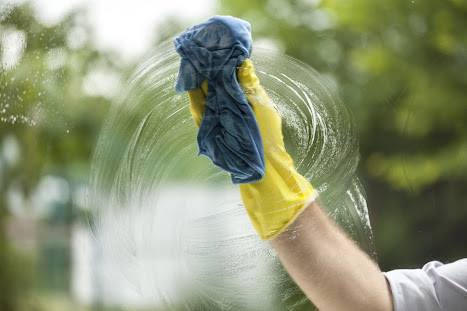The Impact of Roof Color on Energy Efficiency and Climate Control
Introduction: The color of a roof might not seem like a significant factor when it comes to energy efficiency and climate control. However, studies have shown that the color of your roof can indeed have a considerable impact on your energy consumption, cooling needs, and overall comfort. This article explores the relationship between roof color and its effects on energy efficiency and climate control.
The Color Effect: The color of a Flat roof repair Leeds influences how it absorbs and reflects sunlight. Dark-colored roofs, such as black or dark gray, tend to absorb more sunlight and heat up quickly. On the other hand, light-colored roofs, such as white or light gray, reflect more sunlight and stay cooler. This phenomenon is known as the "albedo effect."
Energy Efficiency: The energy efficiency of a building is directly affected by the temperature of the roof. Dark-colored roofs absorb more heat, causing the interior temperature to rise. This increased heat transfer can lead to higher cooling demands, especially in warm climates. In contrast, light-colored roofs reflect more heat, reducing the amount of heat transferred to the building. This can lower cooling needs and subsequently decrease energy consumption.
Cooling and Air Conditioning: By reducing the amount of heat absorbed by the roof, light-colored roofs can help maintain lower interior temperatures. This, in turn, reduces the reliance on air conditioning systems, resulting in lower energy bills. In hot climates, the installation of light-colored roofs can significantly contribute to creating more comfortable indoor environments while minimizing energy usage.
Urban Heat Island Effect: The choice of roof color also has implications on a larger scale, particularly in urban areas. Dark-colored roofs contribute to the urban heat island effect, where cities experience higher temperatures compared to surrounding rural areas due to extensive dark surfaces absorbing and retaining heat. By using light-colored roofs on buildings, the overall urban heat island effect can be mitigated, leading to cooler cities and a more sustainable urban environment.
Environmental Impact: The impact of roof color extends beyond individual energy savings. By reducing energy consumption and the urban heat island effect, light-colored roofs help decrease greenhouse gas emissions and combat climate change. Additionally, the reduced need for air conditioning can alleviate the strain on power grids, leading to a more resilient and sustainable energy infrastructure.
Considerations and Challenges: While the benefits of light-colored roofs are apparent, it is essential to consider local climate, building design, and aesthetic preferences when choosing a roof color. In colder climates or during the winter season, dark-colored roofs can help absorb heat and contribute to passive solar heating. Moreover, darker roofs may be more visually appealing in certain architectural styles.
Conclusion: The color of your roof plays a crucial role in energy efficiency, climate control, and the overall environmental impact of your building. Light-colored roofs reflect heat, reduce cooling needs, and help combat the urban heat island effect. By choosing the right roof color, you can contribute to a more sustainable and energy-efficient future while enjoying the benefits of lower energy bills and improved comfort.




Comments
Post a Comment